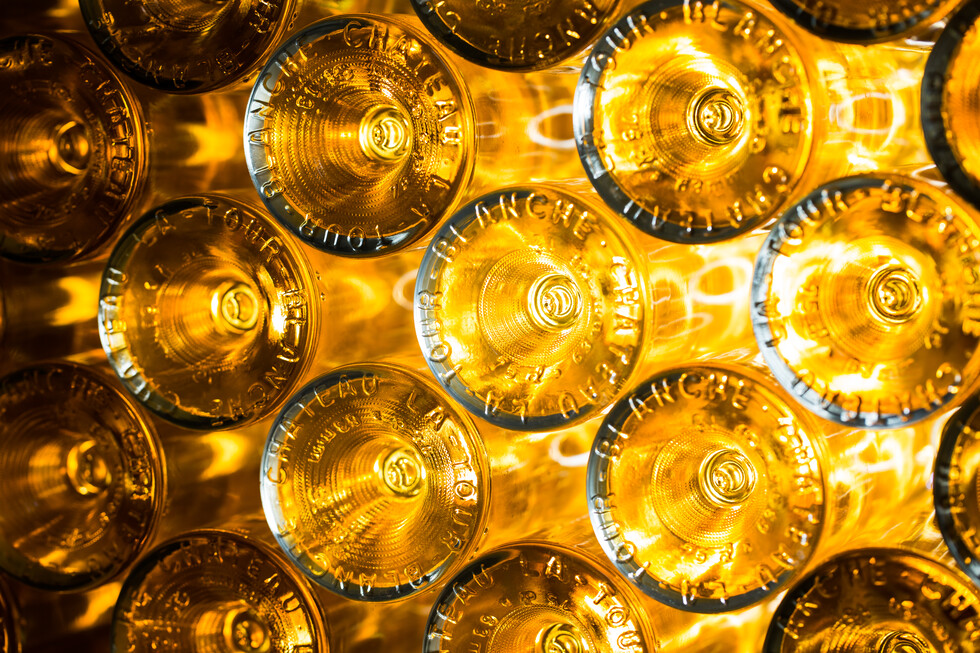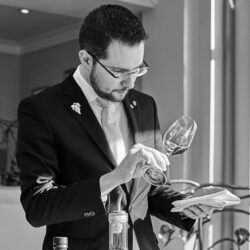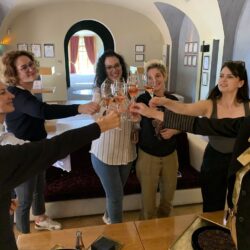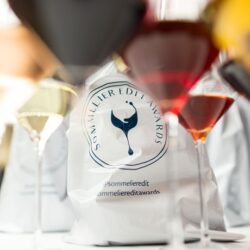Discover the rarest wines of Bordeaux and what makes them unique in the way they are produced and how they should be enjoyed.
The wines of Sauternes and Barsac are so scarce it is rare to have the opportunity to taste multiple vintages side by side. This rarity is also best explained by the fact that one vine produces one glass of wine.
Located to the south of Bordeaux the two different appellations represent less than 2% of Bordeaux’s area under vine and less than 1% of total production. Between the two appellations 1,900 ha are planted on limestone, sandy clay, and gravel plateau. Yet their location and microclimate explain why such unique sweet wines are made in these areas.
Imagine a triangle where the southern border is the forest Les Landes, the east is going to be the right bank, the hills and the river Garonne, and the western boundary is the ocean breeze coming from Arcachon.
These three natural barriers create a triangle. And within that triangle, is the river Le Ciron. It is a colder water stream than the River Garonne so when Le Ciron joins the Garonne, there’s a shock of temperature that produces mist. It is this mist that encourages the evolution of botrytis cinerea, what we refer to as Noble Rot.
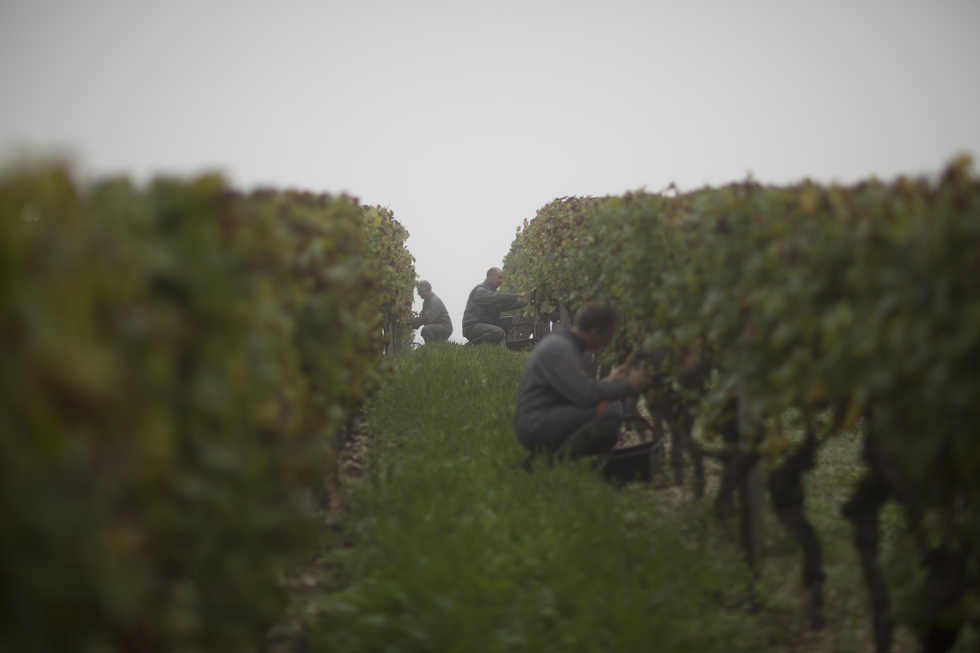
Noble rot
Winemakers don’t generally like rot, or mildew either. But in Sauternes and Barsac they love botrytis when it evolves to become noble rot because the microclimate controls its development.
Noble rot likes humidity and the mist that develops between the Garonne and Le Ciron, that appears as early as August but usually during September, creates the perfect conditions for Noble Rot to proliferate. It attacks the grape, making little holes in the skin. In the morning when the fog appears it is very thick. In the afternoon, whilst the sun is still powerful in the sky, especially during Indian summers, the fog lifts and it becomes too hot for the botrytis to work – like a botrytis siesta!
Botrytis fiesta to siesta
So, in the morning time it’s fiesta as the botrytis reproduces and proliferates. Then it gets to the afternoon and takes a break.
This leaves the juices in the grapes exposed from the little holes that the botrytis created in the grape leading to evaporation of water, thus concentrating the sugars.
During this period when the fruit is ripe, botrytis concentrates the fruit to achieve the level of natural sugar needed to make sweet wines.
Botrytis not only helps concentrate the fruit, but it also produces glycerol, giving the wines of Sauternes and Barsac beautiful texture. It is also believed that when botrytis is attacking the grapes it triggers an auto immune defence mechanism resulting in fifty times more aromas than other types of sweet wines.
The uniqueness of the sweet wines of Sauternes and Barsac is evident in the wide range of aromatics on the palate. This is derived from the level of concentration achieved but also the fact it’s concentrating fresh fruit, not dried grapes that finish with dried fruit aromas.
The result is sweet young wines that have bright citrus, very exotic, very fresh fruit. That is the magic of Sauternes and Barsac.
Why two different appellations?
There are five different villages within the triangle: Sauternes, Bommes, Fargues, Preignac and Barsac. Whilst all sweet wines from this area are technically Sauternes, wines from Barsac enjoy their own appellation. This is because it has different soil composition, mostly clay and limestone, and clay retains water but doesn’t retain heat. So, there is a cooler terroir. While in Sauternes, there is a lot of gravel, it’s also much hillier (it’s very flat in Barsac), the heat of the sun is captured in that gravelly soil, as well as offering better water drainage, all resulting in a warmer terroir.
These two appellations benefit from the same microclimate, but they have two different terroirs, resulting in two different styles of wine.
Naturally there are some exceptions to this rule but generally, because of the gravel and the hot terroir the wines of Sauternes are more opulent with more roundness. While the wines in Barsac, with a very fresh, cool terroir have a higher level of acidity, which translates to more mineral characteristics in the wines.
This is why today Barsac has its own appellation. But remember, every Barsac is also a Sauternes! Each producer can choose which appellation best suits their wine.
2016
CHÂTEAU COUTET
BARSAC
75% Sémillon – 23% Sauvignon Blanc – 2% Muscadelle
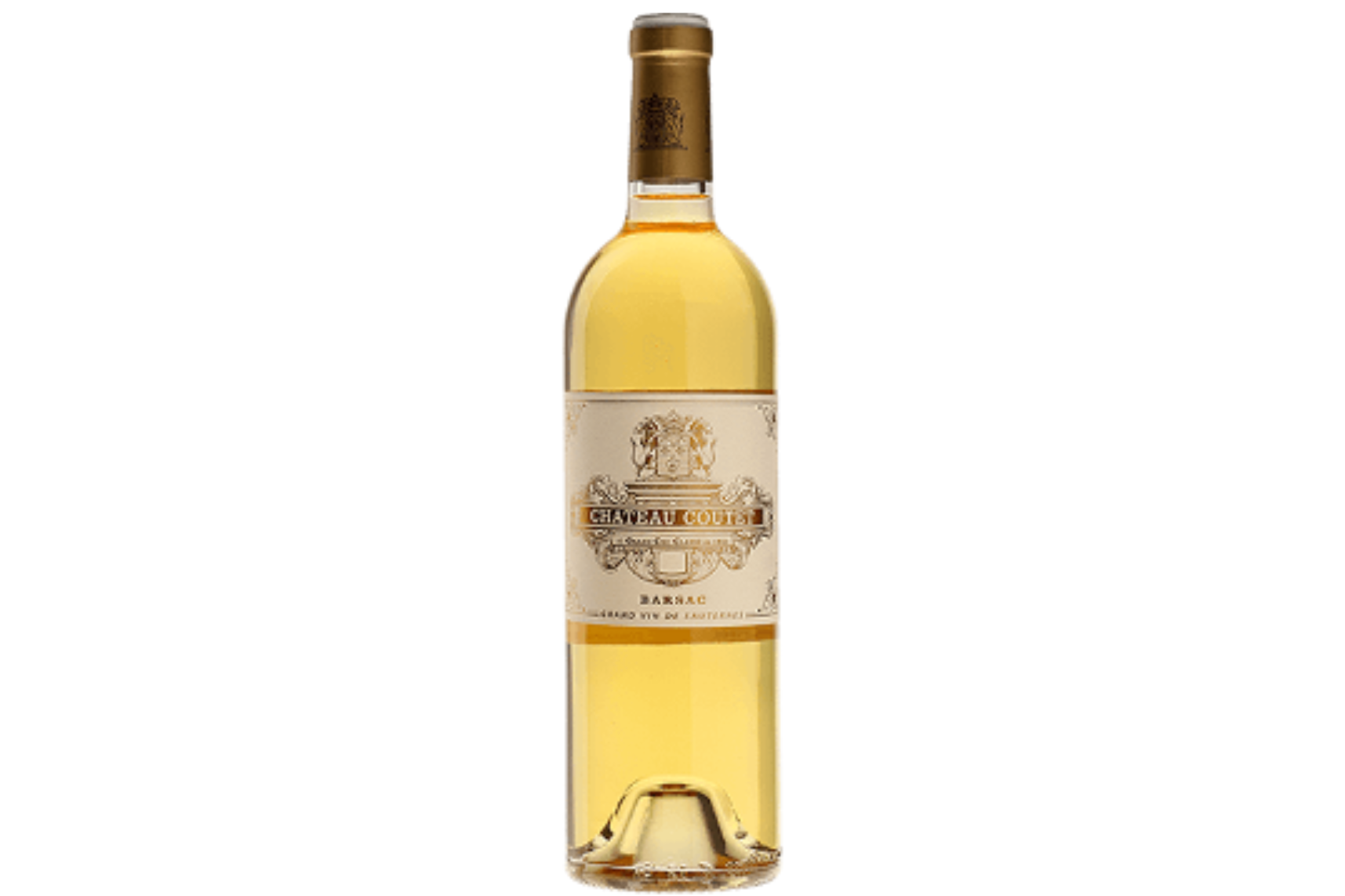
2016
CHÂTEAU LA TOUR BLANCHE
SAUTERNES
83% Sémillon – 14% Sauvignon Blanc – 3% Muscadelle
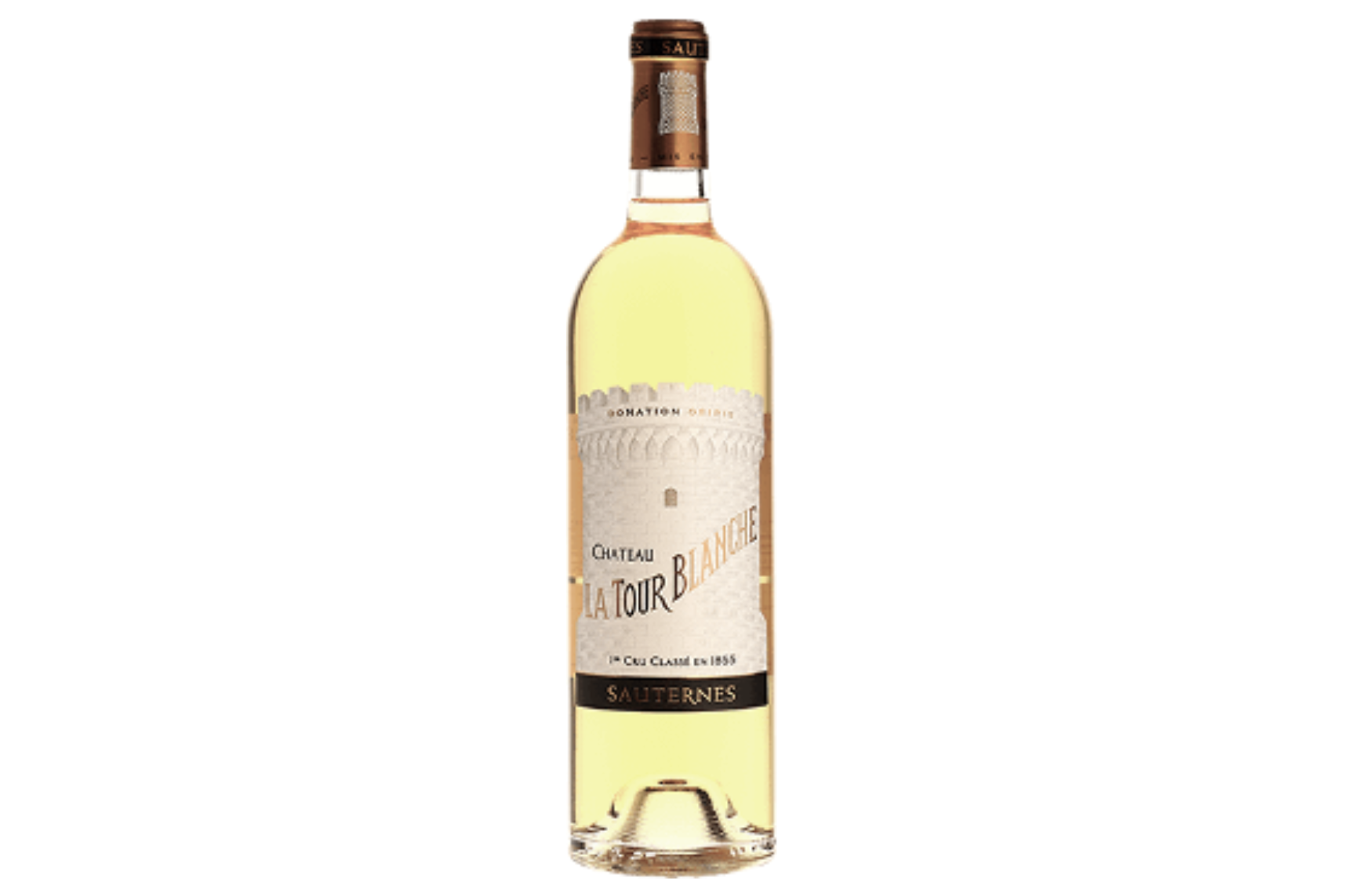
What to expect in your glass
Wines from Sauternes and Barsac have a very fresh palate, displaying lots of citrus characteristics, more exotic fruits when they’re younger, including pineapple, mangoes, and ginger. When Sauternes evolve, they go from fresh fruit to jammy fruits onto dried fruits after thirty or so years because they have an amazing ability to age.
2016 was a great vintage for all Bordeaux and in Sauternes, which is often predicted by an Indian summer that concentrates the fruits in the warm afternoon sunshine, of which there was plenty in 2016.
Sometimes Sauternes has a vintage which has a great reputation while the red wine producers of Bordeaux less so, and vice versa. Or the producers all have a great year together, but the media doesn’t agree. So, there’s no rule. But in this case, this vintage, 2016, everyone had a great year.
When to enjoy with your meal
Traditionally these wines are enjoyed at the beginning of the meal, for example with foie gras as a starter. Another French tradition for Sauternes is to have it with toasted bread and blue cheese.
Pairing these wines with desert is an English tradition originating in using the sugar in the wines to replace sweet course finish to the meal. But in France it is the beginning of the meal and before desert. Historical records suggest they also pair perfectly with soups, oysters, lobster.
Aline Baly, Director Marketing and Communication and family member at Château Coutet recommends: “trying these wines with roasted chicken on a Sunday, or turkey. It’s my favourite. They’re very diverse when pairing with food. These wines are also a great alternative to dessert when you want a touch of sweetness to finish your meal.”

